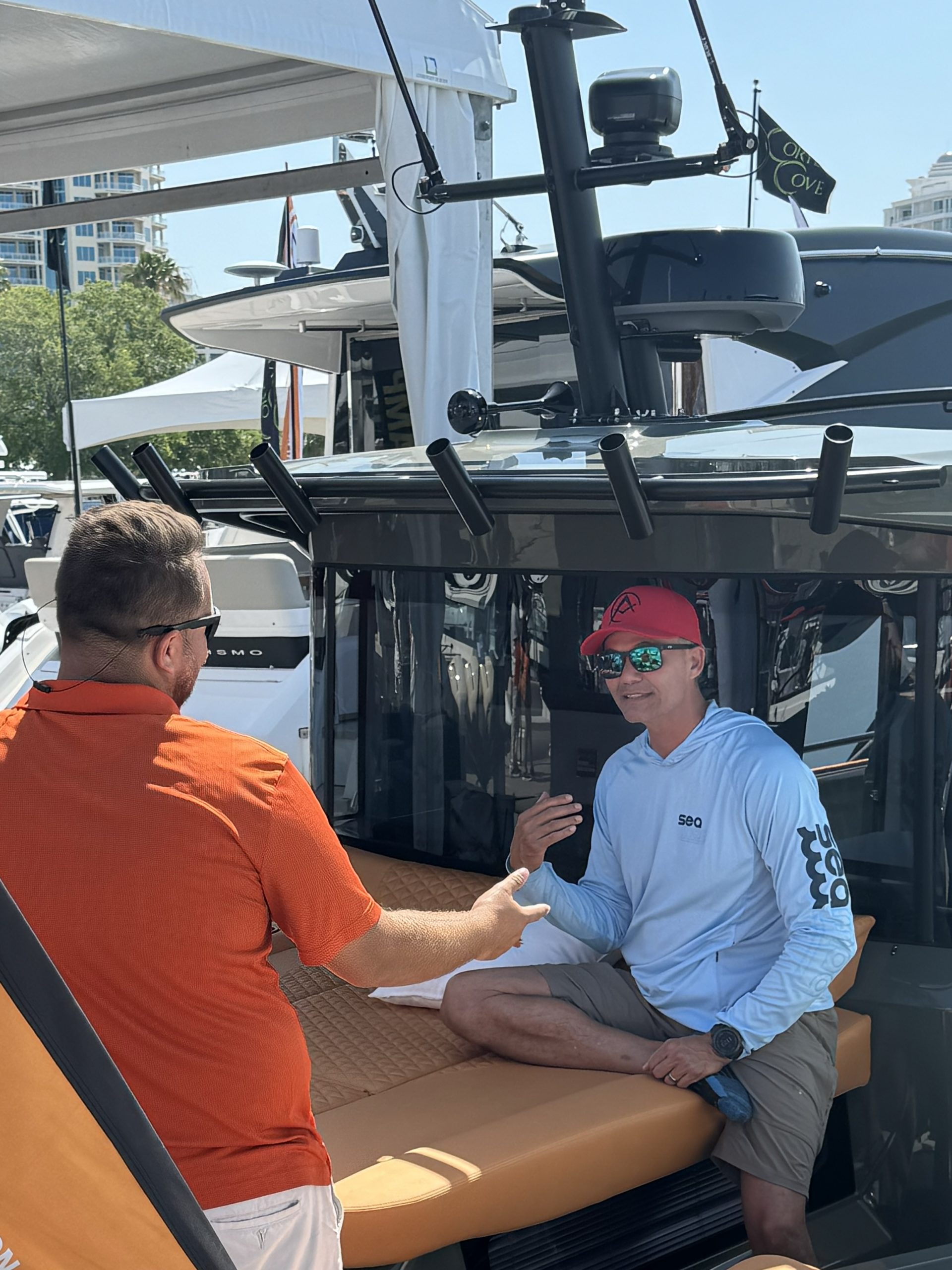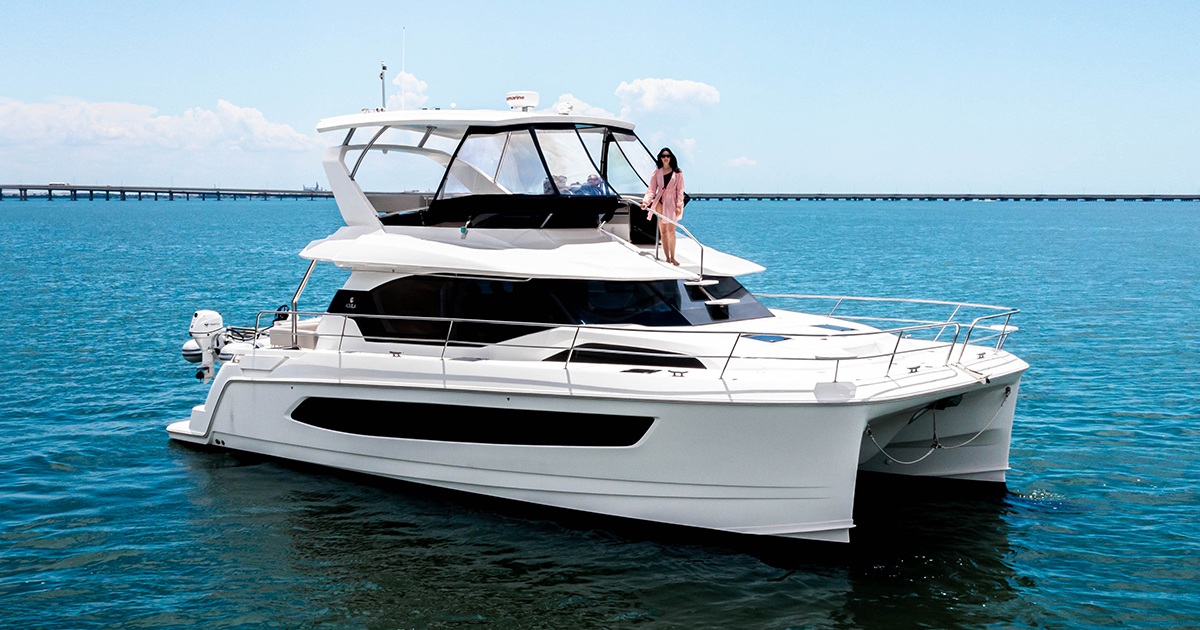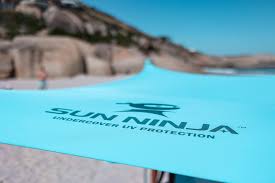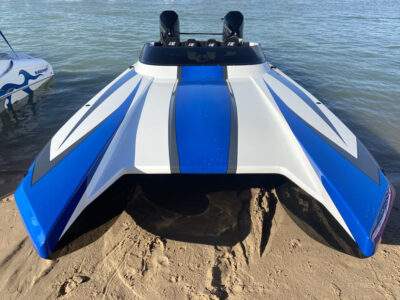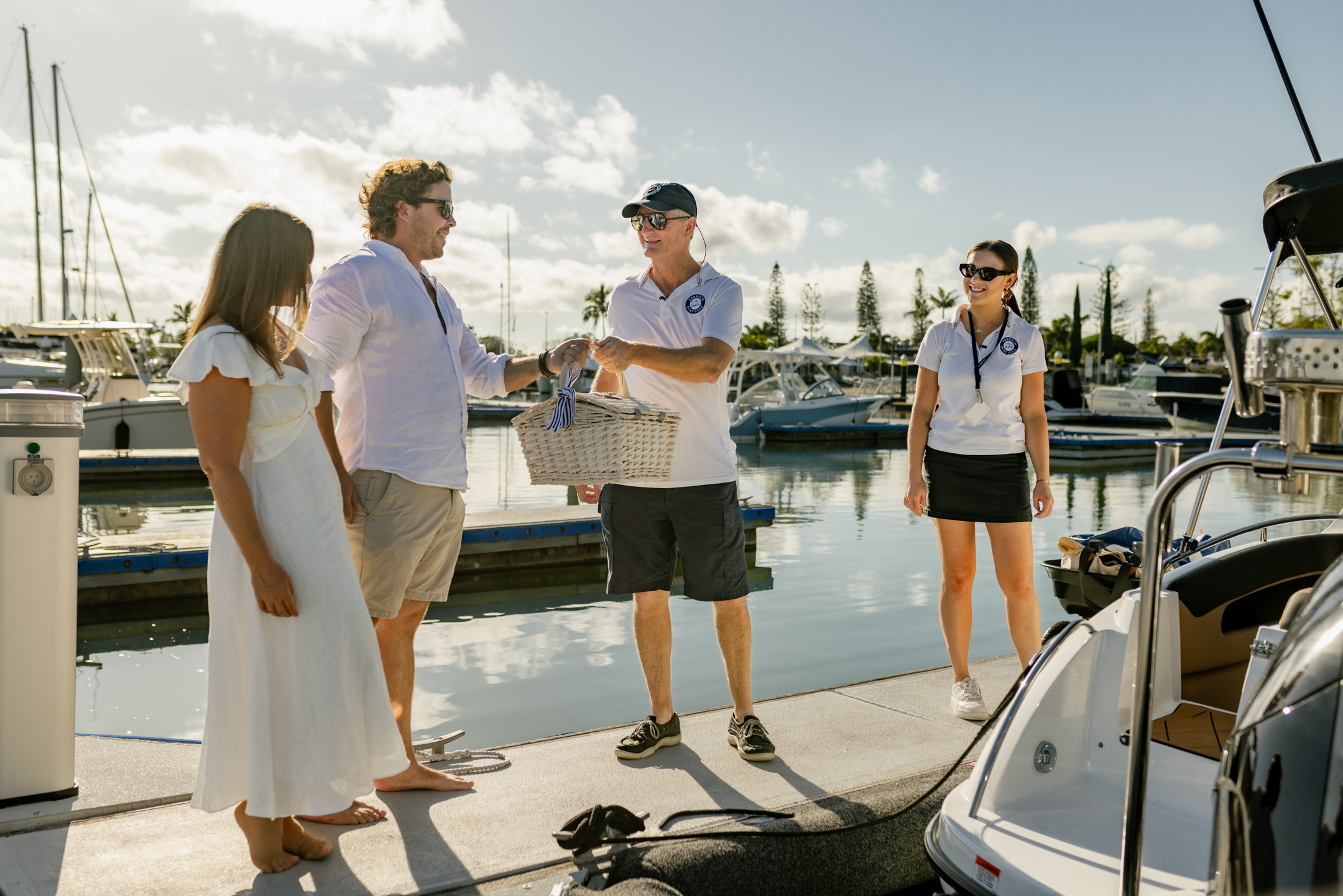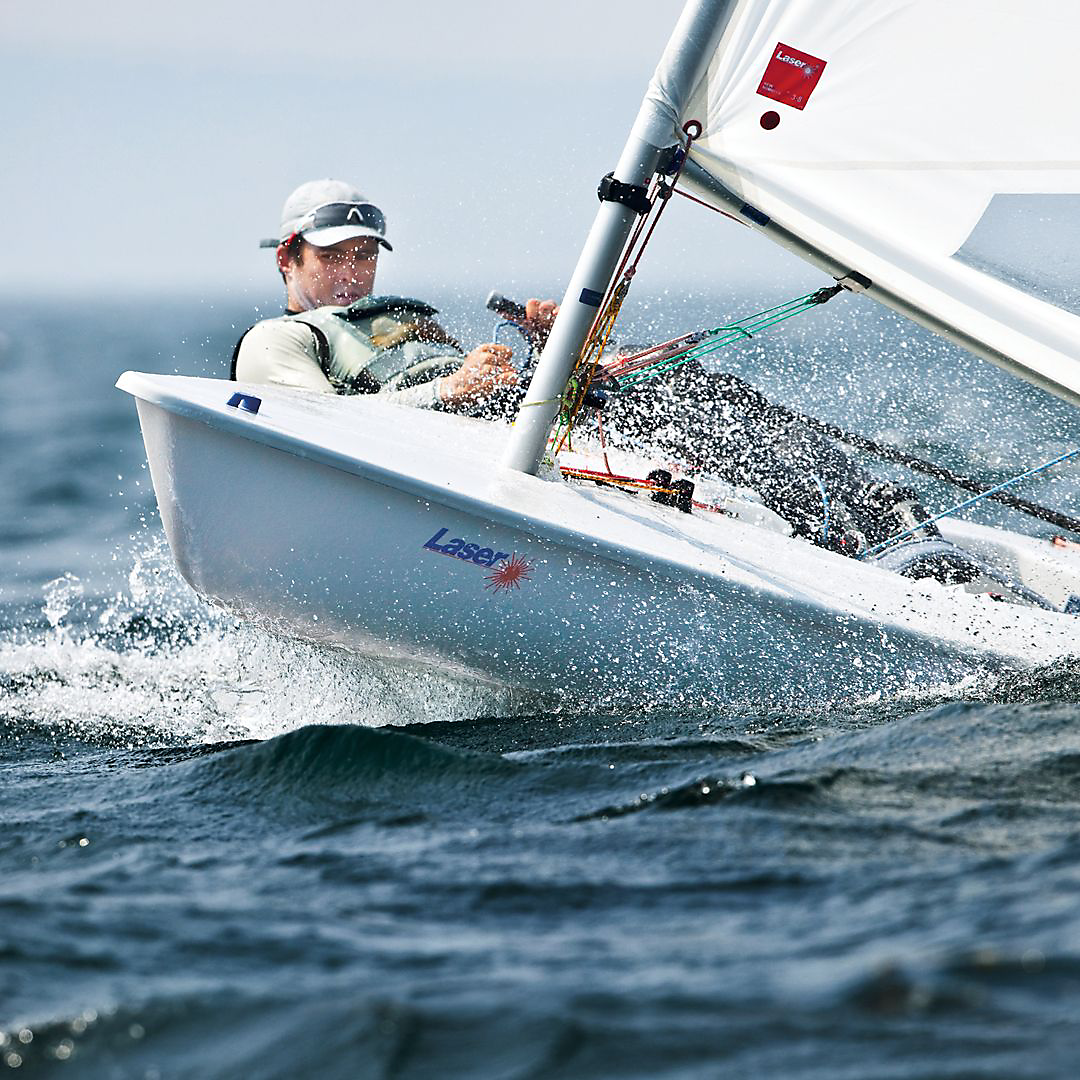Parts of a Sailboat: Essential Components Explained
Sailboats are fascinating vessels that have been used for centuries to explore and navigate the world's oceans. These boats harness the power of the wind to propel themselves across the water.
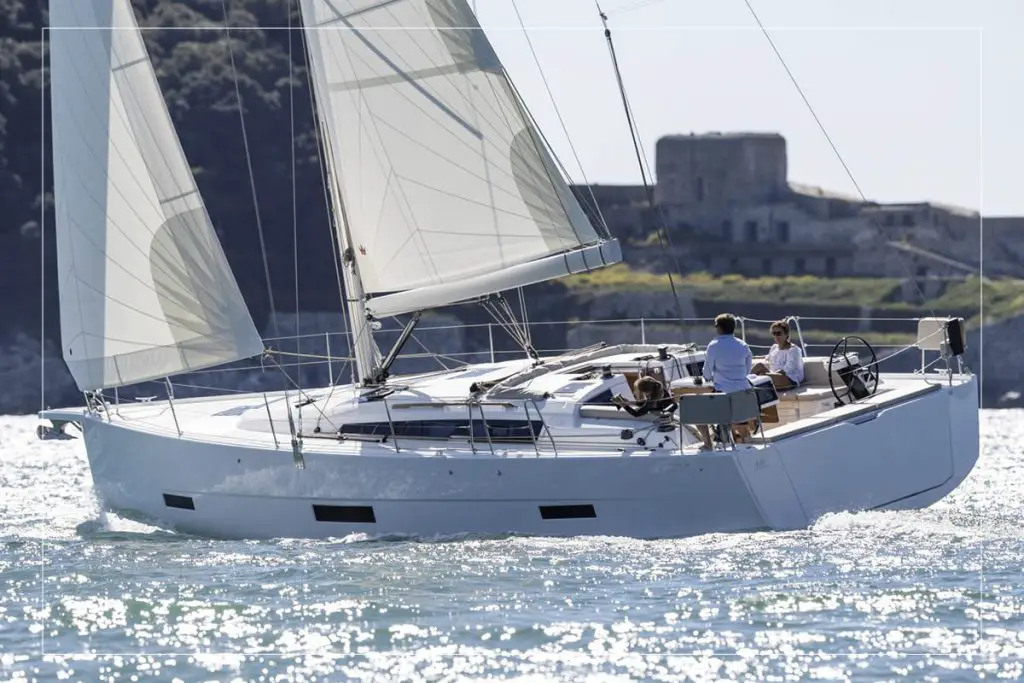
To fully appreciate and understand sailboats, it's important to familiarize yourself with their various parts and components.
There are several vital parts to a sailboat that help it function smoothly on the water. These components can be broadly divided into the hull, the sailing hardware, and the living quarters.
Understanding each component's role in maintaining the boat's speed, stability, and maneuverability will enhance your sailing experience and allow you to tackle various challenges out on the water.
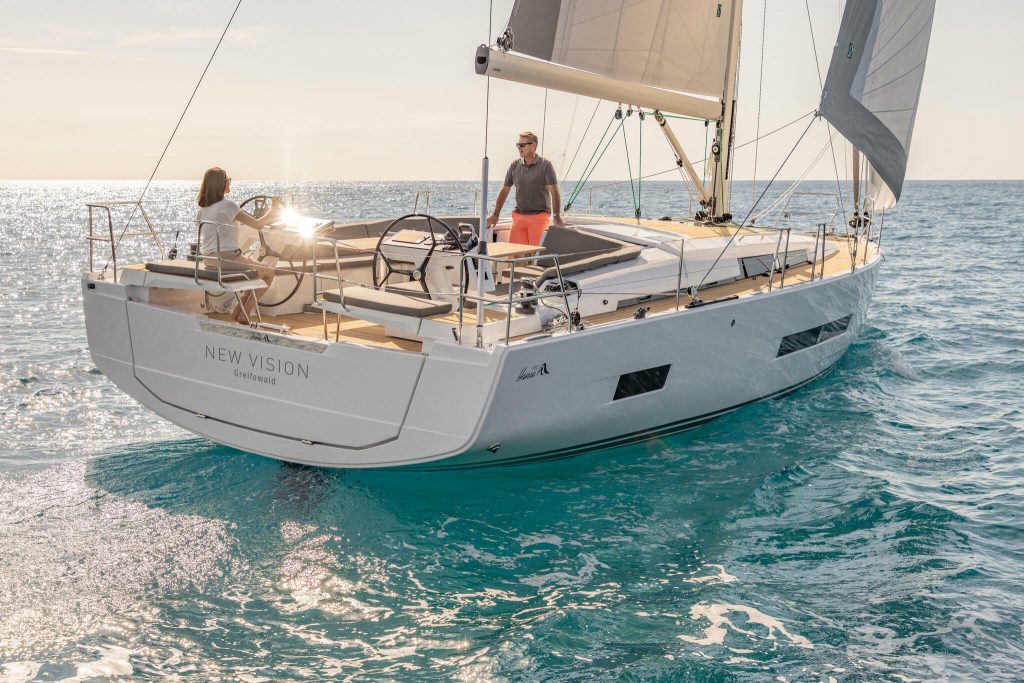
Key Takeaways
- Understanding sailboat anatomy is essential for appreciating the art of sailing
- Knowledge of rigging, sails, stability, and navigation is crucial for a smooth sailing experience
- Sailboats vary in types and size, each with its own unique characteristics and requirements
Sailboat Anatomy
Hull
The hull is the main body of a sailboat, providing buoyancy and stability in the water. It's crucial for keeping us afloat and is typically made of materials like fiberglass, wood, or metal1.
The shape and design of the hull can vary, depending on the type of sailboat.
There are various parts of the hull that are essential to know, such as the bow (forward part), stern (aft part), waterline, bilge, and rudder1.
Deck
The deck is the horizontal surface that covers the hull of a sailboat. It's where I walk, sit, and operate the boat.
The deck is an essential part of the sailboat because it provides structural strength and supports features such as the mast, rigging, and winches2.
Some key deck components include the bow, stern, lifelines, cleats, and hatches for accessing the cabin below.
Cockpit
The cockpit is the area where I control and steer the boat, usually located towards the stern3.
It can be either an open or enclosed space, depending on the boat's design and intended use.
Key components I find in the cockpit are the helm, tiller, or wheel for steering, as well as the navigation and communication instruments. The cockpit also usually contains the primary winches, lines, and clutches for sail control3.
Cabin
The cabin is located below the deck and is the living space on a sailboat4.
It offers shelter from the elements and is typically where I find berths for sleeping, a galley for cooking, a head for bathroom facilities, and storage for personal belongings.
The cabin layout and size can vary greatly depending on the boat's size and design4.
Rigging Components
Mast
The mast is the tall vertical spar that supports and extends the sails on a sailboat. It stands on the boat's hull, usually at its center, and serves as the backbone of the sailboat's rigging system.
In my experience, there are various types of masts, such as single masts, double masts, and even triple masts, depending on the design and size of the sailboat.
Boom
The boom is the horizontal, supporting spar that attaches to the foot (bottom edge) of the mainsail and runs perpendicular to the mast.
It helps control the shape and angle of the sail relative to the wind, enhancing the boat's performance.
I always make sure that the boom is securely attached to the mast and that all necessary hardware is in good working condition.
Standing Rigging
Standing rigging refers to the set of fixed components that support the boat's mast and keep it properly aligned and positioned.
The primary components in this category are the stays and shrouds.
Stays are the wires or rods that run forward, aft, or diagonally from the mast, while shrouds run from the mast to the sides of the sailboat.
These components are crucial to the structural integrity of the rigging, so I always check them for wear and tear, and proper tension.
- Stays: These can be further divided into forestays, backstays, and side stays.
- Shrouds: These include upper, intermediate, and lower shrouds, depending on their position.
Running Rigging
Running rigging encompasses the adjustable components of a sailboat's rigging system that help me control the sails' position and tension.
Key elements of running rigging are halyards, sheets, and blocks.
- Halyards: These are the lines (ropes) used to hoist (raise) and lower the sails. On my sailboat, I use a mainsail halyard, jib halyard, and a spinnaker halyard when needed.
- Sheets: They are the lines I use to control the angle of the sails relative to the wind, adjusting their trim for optimal efficiency. The mainsheet, jib sheet, and spinnaker sheet are the most common ones I encounter.
- Blocks: Blocks or pulleys are essential for making my work easier when handling the rigging. They help redirect the force in the lines and provide mechanical advantage when I need to tension the sails or handle the sheets.
Sails and Sail Handling
Mainsail
The mainsail is the primary sail on a sailboat and is attached to the mast and boom. It plays a crucial role in propelling the boat forward by capturing the wind.
The mainsail consists of three edges: the luff, which is the forward edge, the leech, the aft edge, and the foot, the bottom edge.
To control the shape of the mainsail, I can use the following techniques:
- Adjust the tension on the outhaul, which controls the foot tension.
- Adjust the tension on the halyard to control the luff tension.
- Modify the boom vang tension to control the leech tension.
Headsail
Headsails are the sails located in front of the mast. They include the jib and the genoa.
A jib is a smaller sail, which is easier to handle and suitable for moderate to strong wind conditions. The genoa is a larger headsail that provides more power in lighter winds. Both these sails feature a luff, leech, and foot similar to the mainsail.
When using a jib or genoa, I can trim the sail by adjusting the sheet (the line that controls the angle of the sail relative to the wind) and the lead position (which is where the sheet attaches to the sail).
By properly trimming the headsail, I can optimize its performance and maintain a balanced sail plan. The guide to sail anatomy is helpful for understanding specific parts of a sail.
Spinnaker
A spinnaker is a specialized sail designed for sailing downwind, away from the wind's source. It is a large, lightweight, and billowing sail, constructed from a thin fabric that captures the wind from behind and propels the boat forward.
When setting up a spinnaker, I handle the sail by using:
- Tack line: A line that controls the sail's lower corner, where it meets the bow of the boat.
- Halyard: A line that hoists and lowers the sail.
- Sheet: The line that controls the angle of the sail relative to the wind.
Spinnakers can be challenging to handle due to their size and sensitivity to wind gusts. However, with practice and proper sail handling techniques, I can use the spinnaker effectively to enhance my downwind sailing performance and enjoyment.
Keel and Stability
Keel Types
There are several types of keels that serve different purposes and provide varying levels of stability to a sailboat. The most common types of keels are fin keels, bulb keels, wing keels, bilge keels, and lifting keels.
- Fin keels are quite popular and extend straight down from the hull. They provide a great balance between stability, performance, and ease of movement in the water. You can read more about fin keels in this Illustrated Guide.
- Bulb keels consist of a fin keel with a heavy bulb at the bottom to lower the center of gravity and improve the boat's stability.
- Wing keels feature horizontal "wings" to enhance the sailboat's ability to sail close to the wind and minimize drift.
- Bilge keels are twin keels that run parallel along the port and starboard sides of the hull, typically found on smaller sailboats.
- Lifting keels are adjustable keels that can be retracted upwards to decrease the boat's draft, making it easier to navigate shallow waters.
Some sailboats also have canting keels, which can pivot from side to side to provide maximum stability when sailing at extreme angles.
Ballast
A critical component of keel design is the ballast, which is typically made of heavy materials like lead or iron. The main purpose of the ballast is to provide stability by lowering the sailboat's center of gravity and counteracting the heeling forces generated by the wind on the sails.
Different types of keels have varying ballast configurations. For example, fin keels have ballast concentrated in a narrow fin, while bulb keels have the ballast located in a bulb at the bottom of the keel. In each case, the ballast ensures that the sailboat remains stable and upright, even in challenging sailing conditions.
In some smaller sailboats, such as dinghies, it's common to find a centerboard design instead of traditional keels. A centerboard is a retractable plate that provides lateral resistance, allowing the boat to sail upwind. In this case, the sailboat relies on the weight of the crew as ballast to maintain stability.
Steering System
Rudder
The rudder is one of the essential components of a sailboat's steering system. It's mounted vertically on the stern (rear) of the boat and functions as the primary means of steering by deflecting water flow, which in turn changes the boat's direction.
There are different types of rudders such as the spade rudder, which is a common type used in modern sailboats. A spade rudder is fully submerged in water and not connected to the hull, giving it better maneuverability and control.
Tiller
The tiller is a simple and traditional method for controlling the rudder. It is essentially a long lever attached directly to the top of the rudder.
I find that using a tiller offers me direct and immediate feedback from the rudder, making it easier to feel the boat's response to my steering inputs. Tiller steering is often preferred by many sailors on smaller sailboats due to its simplicity and connection with the sailing experience.
Wheel
Larger sailboats tend to have wheel steering systems in place of a tiller. As a helmsman, I use the wheel to control the direction of the boat by turning it clockwise or counterclockwise.
The wheel is connected to a system of cables and pulleys, which in turn steer the rudder, allowing me greater leverage and control over the boat's steering.
Various parts of a sailboat's steering system:
| Component | Function | Preferred on |
|---|---|---|
| Rudder | Primary means of steering by deflecting water flow | All types of sailboats |
| Tiller | Direct lever attachment to the rudder, providing immediate feedback | Smaller sailboats |
| Wheel | Steering system that provides greater leverage and control | Larger sailboats |
Navigation and Safety Equipment
Compass
As a sailor, I rely on my compass to navigate and maintain a steady course.
There are two main types of compasses on sailboats, the fixed-mount compass and the handheld compass.
The fixed-mount compass is typically installed near the helm, providing me with continuous bearing information. Meanwhile, having a handheld compass on board serves as a backup in case the main compass fails or is damaged.
Lifelines
Safety is paramount when I am sailing, and having secure lifelines around the deck is essential.
Lifelines are made of stainless steel wire and are attached to the stanchions around the boat. I use them to minimize the risk of falling overboard while moving on the deck, particularly in rough seas or strong winds. They are crucial for my safety and the safety of my crewmates, ensuring we all stay onboard and secure.
Anchor
When anchoring my sailboat, I rely on an anchor and a windlass to secure the boat in place.
There are different types of anchors, such as the CQR, Danforth, and Bruce anchors, each with their unique design that suits different seabed conditions.
I typically use a windlass to deploy and retrieve the anchor. A windlass is a mechanical device that makes handling heavy anchors more manageable.
It is essential to regularly inspect and maintain the windlass and anchor to ensure they function as expected when anchoring in various weather conditions and locations.
In addition to the anchor, I also make use of a chain and rode, which connect the anchor to the sailboat:
- Chain: The chain attaches to the anchor and adds weight, helping the anchor dig into the seabed.
- Rode: The rode connects the chain to the boat and can be made of rope or a combination of rope and chain.
Sailing Hardware
Winches
Winches are an essential part of a sailboat. They help control the lines and sheets by providing mechanical advantage.
I find that winches are most commonly used for tightening or loosening the jib sheets and the mainsheet. They consist of a drum, a handle, and gears that allow for smooth operation.
The sailboat hardware available on the market today includes different types and sizes of winches to suit various boats and sailing needs.
When using a winch, it's important to wrap the line around the drum in a clockwise direction, making sure there are no overlaps or twists.
To control the tension, I always ensure that the winch handle is in the "ratchet" position. This allows me to easily apply force in one direction and hold the line in place when not turning.
Cleats
Cleats are another vital piece of sailing hardware that come in various shapes and sizes. Their primary function is to secure lines, particularly when adjusting tension on sails.
I often use cleats on my boat to ensure that sheets and halyards stay in place while sailing.
Horn cleats are the most common type, with two projecting horns that allow the line to be passed around them in a figure-eight pattern.
Cam cleats, on the other hand, have two spring-loaded jaws that grip the line. This allows for easy adjustment and quick release if necessary.
Blocks
In my experience, blocks are critical components of a sailboat's rigging system. They serve as pulleys that help redirect lines and reduce friction, making it easier to control sails.
Blocks are available in various materials such as stainless steel or aluminum. They also come with different configurations like single, double, or triple sheaves depending on the specific application.
For instance, I use a mainsheet block system in conjunction with a vang to control the tension and angle of the mainsail. Similarly, topping lift lines may pass through blocks to help raise and lower the boom easily.
Auxiliary Systems
Motor
One important auxiliary system in a sailboat is the motor. Sailboats often have an inboard or outboard engine, which provides extra maneuverability when needed.
This is particularly useful when the wind conditions aren't favorable. The motor's main components include the engine, transmission, and propeller. These work together to move the boat through the water when there's limited or no wind available.
Electrical
A boat's electrical system is responsible for powering various devices onboard. The critical aspects of this system include the battery, alternator, and wiring, which connect different electronic components.
Some common devices that rely on the electrical system are navigation systems, LED lights, electronic sensors, and communication equipment.
In addition to navigation and communication, the electrical system also powers the bilge pump.
The bilge pump is a vital piece of equipment that helps remove water accumulated in the boat's bilges, preventing the vessel from flooding.
Here's a simple list of typical electrical system components:
- Battery
- Alternator
- Wiring
- Switches and fuses
- Electronic devices (navigation, communication, etc.)
- Bilge pump
Plumbing
A sailboat's plumbing system usually consists of a freshwater system and a wastewater system.
The freshwater system supplies water to the boat's faucets, showers, and sometimes engine cooling. It includes a water tank, water pump, and piping to distribute the water.
The wastewater system, on the other hand, deals with disposing of used water and waste.
This generally includes a black water tank for toilet waste and a grey water tank for water from sinks and showers. These tanks need to be regularly emptied and maintained to prevent foul odors and maintain the boat's sanitation.
To recap, the plumbing system's main components are:
- Freshwater system
- Water tank
- Water pump
- Piping
- Wastewater system
- Black water tank (toilet waste)
- Grey water tank (sink and shower waste)
Living Quarters
Galley
The galley is the sailboat's kitchen, where food is prepared and cooked. It's typically a small, compact area in order to maximize space and efficiency.
In most sailboats, the galley features a stove, sink, refrigerator, and storage.
Storage space, such as cabinets and drawers, is crucial because every inch of space is valuable on a sailboat.
To ensure user-friendly access to the utensils, cookware, and food items, sailboats may have organized storage solutions.
Saloon
As for the saloon, it serves as the primary living area on a sailboat. This is where the crew gathers to relax, dine, and socialize.
The saloon usually features comfortable seating, a dining table, and additional storage spaces.
I often find that this space is customizable, allowing for the conversion of tables into extra sleeping areas when necessary.
Natural light is also an essential aspect of the saloon, so it often has hatches and windows to allow sunlight in while providing a view of the surroundings.
Berths
Berths are the sleeping quarters on a sailboat. These designated areas, often equipped with cushions or mattresses, provide the crew with a place to rest during extended voyages.
Berths come in various sizes and configurations, ranging from single to double or bunk beds, depending on the size of the sailboat and the number of crew members.
As with other spaces on the sailboat, thoughtful design and attention to maximizing storage space is key.
In many berths, additional storage areas can be found under the beds or in nearby compartments.
Types of Sailboats
Monohull
A monohull sailboat, as the name suggests, consists of a single hull. This design is common and comes in various forms, including cruising sailboats and racing sailboats.
One advantage of monohulls is that they generally have better upwind performance compared to multihulls.
A cruising sailboat is versatile and well-suited for long-distance sails, equipped with amenities to make life on board comfortable.
In contrast, racing sailboats prioritize speed and performance and often feature lightweight materials and specialized designs.
Multihulls
Multihull sailboats include both catamarans and trimarans, featuring two or three hulls connected by a central platform.
Catamarans have a pair of parallel hulls, which provides a wide and stable platform that reduces heeling. According to this guide, catamarans are known for their speed, comfort, and spaciousness, making them popular choices for vacationing and cruising.
Trimarans, on the other hand, have three hulls - a central hull flanked by two smaller outriggers.
The trimaran design offers a balance between stability, speed, and maneuverability, resulting in a quick, agile, and comfortable sailing experience.
Dinghy
A dinghy is a smaller sailboat, usually less than 15 feet in length.
Dinghies are simple, easy to maneuver, and relatively affordable. They can be used for various purposes, such as recreational sailing, sailing lessons, or as a tender for a larger sailboat.
Dinghies can have one or two sails and either a centerboard or a daggerboard to provide lateral resistance to the water.
Many beginners start their sailing journey with a dinghy because it's an excellent way to learn essential sailing skills before venturing onto larger sailboats.
Frequently Asked Questions
What are the different components of a sailboat's rigging?
The rigging on a sailboat consists of a system of ropes, wires, and chains that support the mast and sails. It can be divided into two main categories: standing rigging and running rigging.
Standing rigging includes the shrouds and stays, which are responsible for providing support to the mast.
Running rigging comprises all the lines used to control the sails, such as halyards, sheets, and outhauls.
Rigging components help sailors effectively control the sailboat and its movements.
How do the various parts of a sailboat function together?
The different parts of a sailboat work together to provide an efficient sailing experience.
The hull is the main body of the boat, while the keel provides stability and prevents sideways motion. The rudder is responsible for steering.
The mast and sails capture wind energy and enable propulsion. Rigging is crucial for controlling the position of the sails and ensures the boat's maneuverability.
This helpful guide offers an illustrated explanation of sailboat parts and their functions.
Can you name the sails typically found on a sailboat?
A common type of sailboat is the sloop, which has two sails: the mainsail and the jib.
Other sails that can be found on sailboats include the spinnaker, a large, lightweight sail used for downwind sailing, and the genoa, a larger version of the jib for increased sail area in light wind conditions.
You can read more about sail types in this comprehensive guide.
What is the purpose of the keel on a sailboat?
The keel is a critical component of a sailboat as it provides stability and prevents the boat from moving sideways in the water.
It acts as a counterbalance to the forces exerted by the wind on the sails and ensures directional control. The keel also contributes to the boat's hydrodynamic properties, reducing drag and promoting smooth movement through the water.
How is the mast of a sailboat structured and what are its key parts?
The mast is a vertical pole on a sailboat responsible for supporting the sails and rigging.
It is typically made of aluminum or carbon fiber for strength and lightness. Key parts of the mast include the spreaders, which help distribute the load along the shrouds, and the tangs, which are attachment points for stays and shrouds. Masts also have fittings for halyards and other rigging components essential to sail control.
What are the common features found in a sailboat's cockpit?
The cockpit is the central area of a sailboat where the crew controls the boat's operation. It typically includes the steering wheel or tiller (connected to the rudder), engine controls, and instruments for navigation and communication.
Additionally, the cockpit may feature winches and cleats for handling the sheets and other lines. You might also find seating or benches for the crew as well as storage compartments. More details on sailboat features can be found in this informative article.
Charlie is Editor-in-Chief of Sea Magazine
